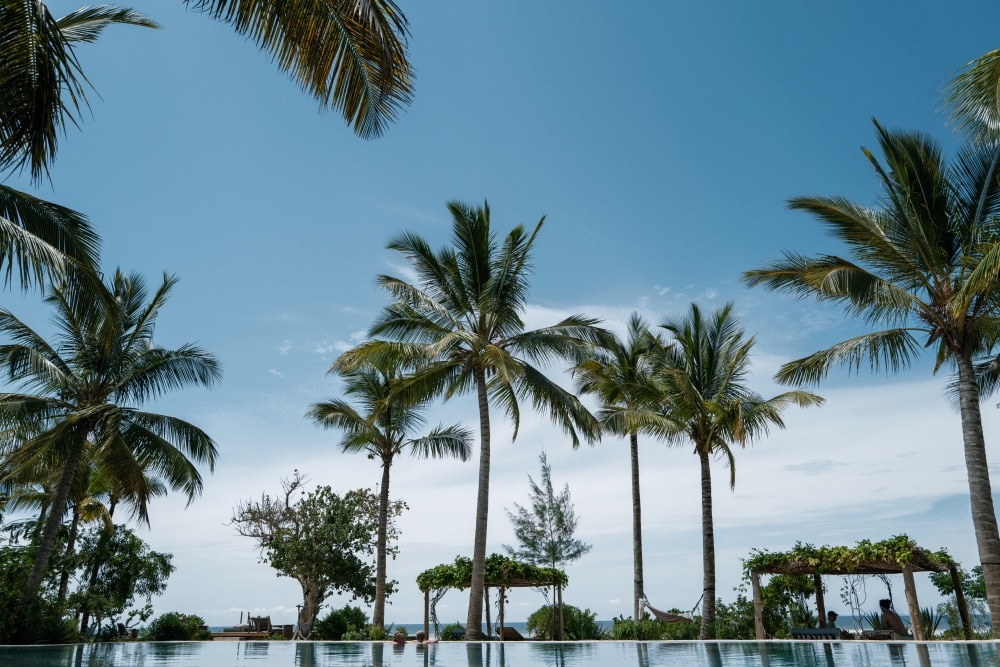Foto feta per Svetlana Lebedeva
Cerca hotels a Tot'Ma
- Canvia d’opinióReserva hotels amb cancel·lació gratuïta
- Posa’t perepunyetesCerca gairebé un milió d’allotjaments arreu del món
Consulta els preus per aquestes dates
Aquesta nit
Aquest cap de setmana
El proper cap de setmana
Els 10 millors hotels a Tot'Ma
Estalvia’t un 15 % de mitjana en centenars d’hotels si inicies la sessió
Més informació sobre Tot'Ma
Aprovecha tus días en Tot'Ma para explorar la zona y disfrutar de todo lo que te ofrece.
![Totma’s founding date is considered to be the year 1137, on the basis of a letter from the Novgorod Prince Svyatoslav Olgovich.
From the 15th century until the 18th century, Totma remained one of the largest salt cities and at one time was also called Posad Salt Totemskaya or Totemskaya Salt. The 17th century becomes the heyday for Totma, as well as for other cities on the North Dvina waterway. Virtually all foreign trade of the Russian state, due to the lack of access to the Baltic Sea, was carried out through Vologda, Totma, Veliky Ustyug and Arkhangelsk, which contributed to the appearance in Totm of courtyards and representative offices of foreign merchants and trade missions. In just one year, from 500 to 1000 ships passed through the city [6]. The trade value of the city, which was strengthened due to the further development of salt mines, allowed Totme to be one of the richest and most important cities of the Russian kingdom. In the second half of the 18th century, a total of expeditions to the east — to Siberia, to the Far East, and to the shores of the Americas — were carried out by the Totmichians — Kholodilovs, Panovs, Cherepanovs, and a number of others. Companies totem merchants outfitted about 20 expeditions into the Pacific. During these expeditions geographical discoveries were recorded, recorded by science in 1755, maps of a number of islands were made. These expeditions exported 1/5 of all fur produced in the Americas for half a century - a record figure among Russian cities [6]. Fur trade brought tangible profits; so, with the money raised in Siberia, the Totem merchants and sailors had the opportunity to build richly decorated and large enough temples for such a small town: Entrance to Jerusalem, Trinity, Rozhdestvensky. In 1785, Empress Catherine II adopted a decree on giving Totme a coat of arms with a black fox on a golden field: “as a sign of the fact that the inhabitants of this city catch these animals in fishing” [6]. Totmichi proved to be active participants of the Russian-American company, mastered the expanses of the Pacific Ocean, discovered a number of Aleutian and Commander Islands [6]. Totmich Ivan Kuskov on the coast of Northern California near Bodega Bay Bay in 1812, Fort Ross Fortress was founded, which became the most southerly point of Russian America.](https://images.trvl-media.com/place/553248635949090602/11903565-18d7-4e74-8aec-f1a4d13d683d.jpg?impolicy=fcrop&w=900&h=675&p=1&q=high)
Foto feta per Svetlana Lebedeva
Foto d’ús lliure feta per Svetlana Lebedeva
Opinions destacades sobre hotels a Tot'Ma
Preguntes freqüents
Explora tot un món de viatges amb Expedia
Hotels en ciutats properes a Tot'Ma
Últimes tendències a Expedia
Hotels
- Hotel Delfín
- Hotels a Oberrad
- Hotels a Vilassar de Mar
- Hotels a Mâcon
- Hotels a Barcelona
- Camping 3 Estrellas
- Casa Maca Guest House
- Hotels a Catalunya Central
- Hotels propers a Cap de Creus
- Hotels propers a Riu a l'Ebre
- Olivi1948 - Boutique Guesthouse
- Hotels a Elna
- Hotel Guitart Rosa - Adults Only
- Hotels a Madrid
- Hotels a Gua Musang
![Totma’s founding date is considered to be the year 1137, on the basis of a letter from the Novgorod Prince Svyatoslav Olgovich.
From the 15th century until the 18th century, Totma remained one of the largest salt cities and at one time was also called Posad Salt Totemskaya or Totemskaya Salt. The 17th century becomes the heyday for Totma, as well as for other cities on the North Dvina waterway. Virtually all foreign trade of the Russian state, due to the lack of access to the Baltic Sea, was carried out through Vologda, Totma, Veliky Ustyug and Arkhangelsk, which contributed to the appearance in Totm of courtyards and representative offices of foreign merchants and trade missions. In just one year, from 500 to 1000 ships passed through the city [6]. The trade value of the city, which was strengthened due to the further development of salt mines, allowed Totme to be one of the richest and most important cities of the Russian kingdom. In the second half of the 18th century, a total of expeditions to the east — to Siberia, to the Far East, and to the shores of the Americas — were carried out by the Totmichians — Kholodilovs, Panovs, Cherepanovs, and a number of others. Companies totem merchants outfitted about 20 expeditions into the Pacific. During these expeditions geographical discoveries were recorded, recorded by science in 1755, maps of a number of islands were made. These expeditions exported 1/5 of all fur produced in the Americas for half a century - a record figure among Russian cities [6]. Fur trade brought tangible profits; so, with the money raised in Siberia, the Totem merchants and sailors had the opportunity to build richly decorated and large enough temples for such a small town: Entrance to Jerusalem, Trinity, Rozhdestvensky. In 1785, Empress Catherine II adopted a decree on giving Totme a coat of arms with a black fox on a golden field: “as a sign of the fact that the inhabitants of this city catch these animals in fishing” [6]. Totmichi proved to be active participants of the Russian-American company, mastered the expanses of the Pacific Ocean, discovered a number of Aleutian and Commander Islands [6]. Totmich Ivan Kuskov on the coast of Northern California near Bodega Bay Bay in 1812, Fort Ross Fortress was founded, which became the most southerly point of Russian America.](https://images.trvl-media.com/place/553248635949090602/11903565-18d7-4e74-8aec-f1a4d13d683d.jpg?impolicy=fcrop&w=1200&h=500&q=medium)
